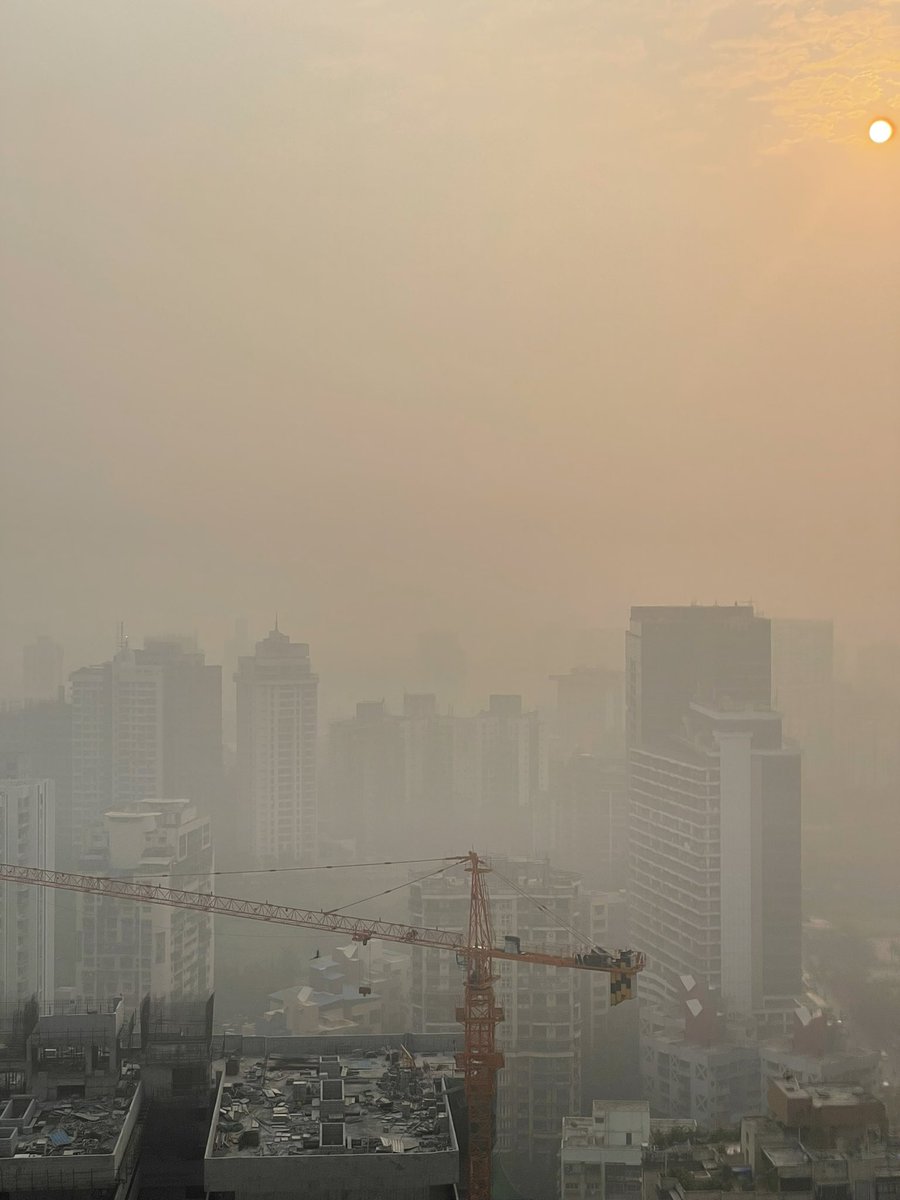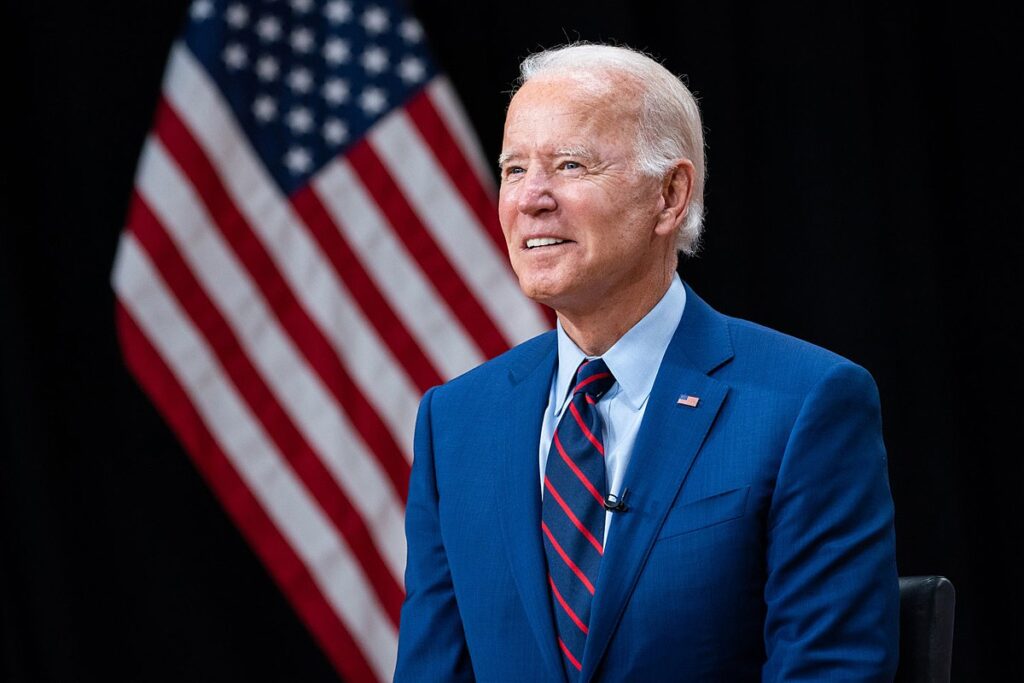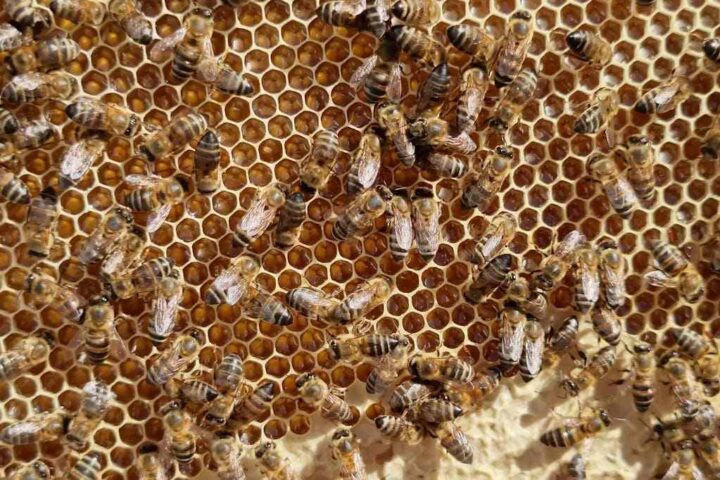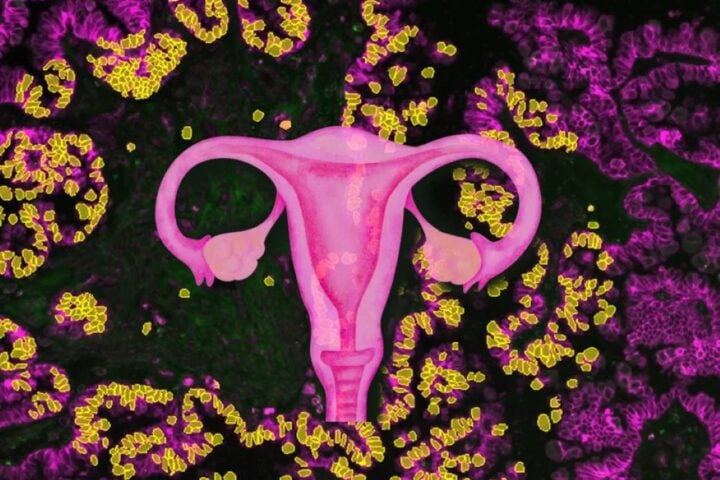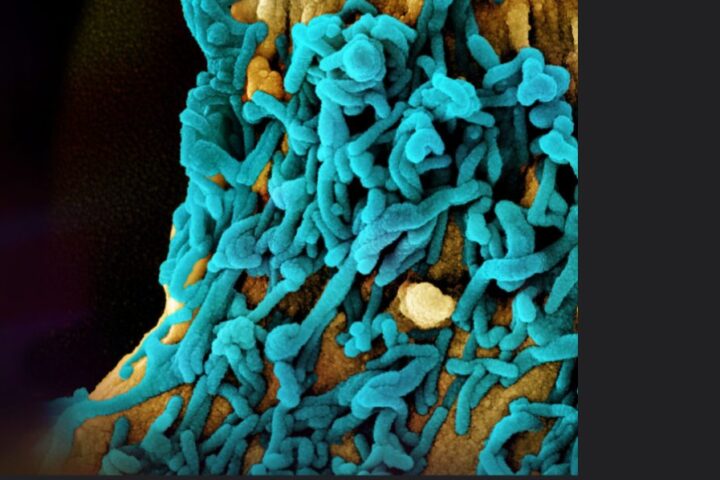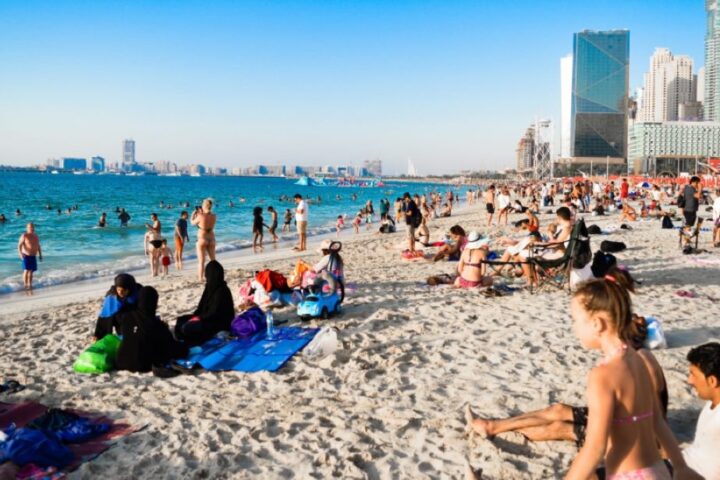As of 21st October, 12 PM, the air quality in Mumbai presents a concerning picture, with different sources offering slightly varied readings, all indicative of a problem. According to SAFAR, the government’s air quality monitoring system, Mumbai’s overall AQI stands at 180, a figure that is alarmingly inching towards the ‘poor’ category. Meanwhile, IQAir, an international air quality tracker, presents a slightly more optimistic figure of 159. In contrast, the US Consulate’s monitoring platform, AQICN, pegs the city’s AQI at 162.
The Struggle for Breath
Mumbai’s air quality has hit a new low, leaving its citizens gasping. The city’s lifeline, its air, is now a toxic mix, prompting the Brihanmumbai Municipal Corporation (BMC) to spring into action. The city’s struggle isn’t unique – metropolises worldwide are grappling with the health impacts of polluted air. Studies have consistently shown that poor air quality can lead to severe respiratory issues, particularly in children and the elderly, and Mumbai’s situation has become a public health emergency.
Construction Chaos: Dusting Off the Problem
The BMC’s recent crackdown targets construction sites, notorious for their dust emissions. “Construction sites must be strictly monitored,” insists BMC commissioner Iqbal Singh Chahal, emphasizing the immediate need for preventive measures. This isn’t the first time a city has had to enforce such measures. Places like Beijing have implemented similar strategies during pollution peaks, underscoring the global nature of this urban plight.
Citizens’ Right to Clean Air
The right to clean air is fundamental, and when authorities fail to uphold this, they infringe upon our basic human rights. The BMC’s stringent actions reflect a recognition of this right. However, the question remains: will these measures be enough, or is this just another chapter in the ongoing saga of promises versus implementation?
A Closer Look: Surveillance and Accountability
Accountability is key in this battle for cleaner air. The introduction of ward-wise monitoring teams and CCTV networks at construction sites aims to ensure compliance. But, as history has often shown, surveillance can only be as effective as its enforcement. Will the BMC follow through on its threat to issue ‘stop work’ notices, or will these sites continue to operate unabated?
Similar Posts
Beyond Dust: Holistic Measures for a Breathable Future
Mumbai’s fight against pollution doesn’t stop at construction dust. The transport sector’s role in air quality degradation is well-documented, with older diesel vehicles being major culprits. Chahal’s appeal to bar these vehicles indicates an understanding of the multifaceted nature of air pollution. Additionally, the scrutiny of industrial units, especially refineries and power plants, is a step in the right direction. Past incidents, like the infamous London Smog, stand testament to the havoc unchecked industrial emissions can wreak.
Shielding the Vulnerable: The Disproportionate Impact of Air Pollution
Air pollution doesn’t affect all citizens equally. Vulnerable groups, including children, the elderly, pregnant individuals, and those with pre-existing health conditions, face heightened risks. Children, with their developing respiratory systems and higher breathing rates, are particularly susceptible. The elderly, often grappling with age-related health issues, also suffer more in polluted environments. Pregnant individuals exposed to high pollution levels have an increased risk of complications like premature birth and low birth weight. Those with conditions like asthma or cardiovascular diseases experience exacerbated symptoms, often leading to a deteriorating quality of life. This demographic disparity highlights the need for targeted health advisories and community support infrastructure.
Breathing Easy at Home: Enhancing Indoor Air Quality
While the city battles outdoor air pollution, individuals can take steps to ensure the air within their homes is cleaner. Keeping windows and doors closed on high pollution days can prevent harmful outdoor pollutants from entering living spaces. Utilizing air purifiers with HEPA filters can significantly reduce indoor particulate matter. Incorporating air-purifying plants like spider plants and peace lilies also contributes to a healthier indoor environment. Regular cleaning to remove dust and allergens, avoiding smoke creating products like tobacco, incense sticks, mosquito coils, scented candles and other similar products further ensures the air you breathe at home is as clean as possible.
Navigating the Smog: A Guide for Outdoor Workers and Commuters
For those who must venture outdoors, especially workers exposed to the elements, certain precautions can mitigate the health risks posed by poor air quality. Wearing N95 or N99 masks, which filter out airborne particles, is crucial. It’s also advisable to avoid heavy traffic areas where vehicle emissions contribute to higher pollution levels. Staying hydrated, being informed about the air quality index (AQI), and planning outdoor activities when pollution levels are lower can also help. Employers should provide protective gear and health advisories to outdoor workers, ensuring they’re equipped to face the city’s air quality challenges.
The Road Ahead: Stepping Up the Fight
With new guidelines on the horizon and a city waiting with bated breath, the BMC’s actions in the coming days will be crucial. As Mumbai stands on the precipice of a public health crisis, the effectiveness of these measures will determine the city’s future air quality. The world watches, for Mumbai’s battle is not its own – it mirrors a global struggle for cleaner, healthier cities.
